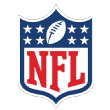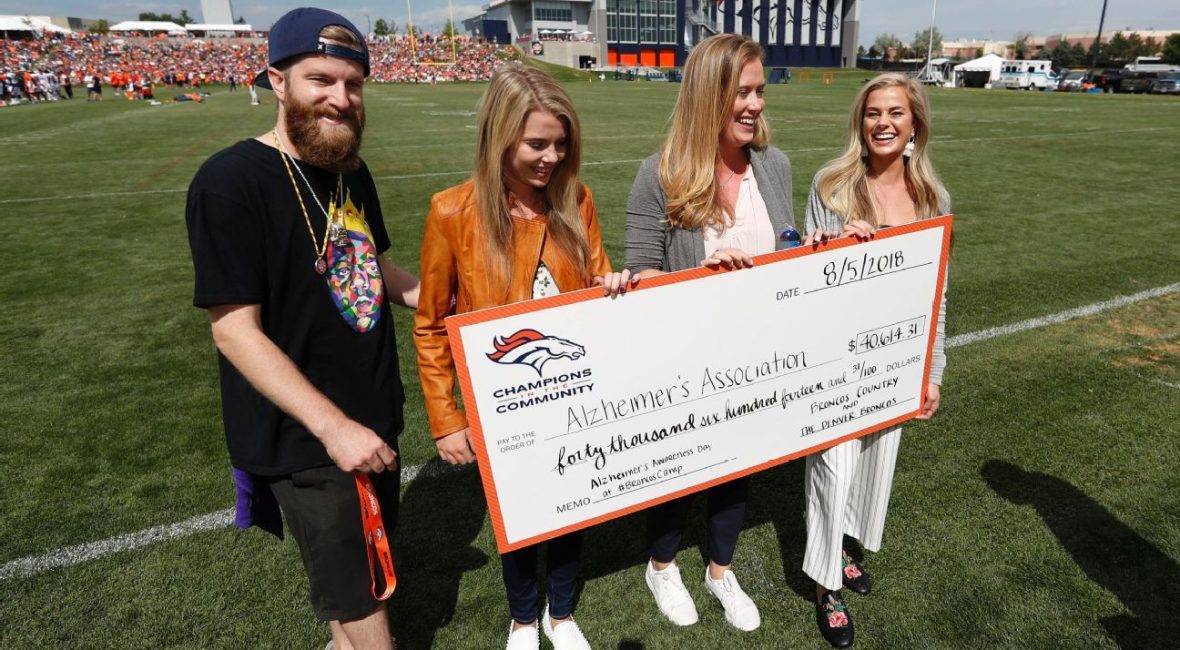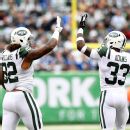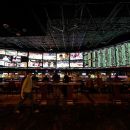Kansas City, Mo. — The Bengals’ defense reached a new low on Sunday night.
The unit put on its worst performance of the season with a national audience watching, allowing 551 yards in an 45-10 loss to the Chiefs. But the final score didn’t quite show just how bad it was. Then again, losing by 35 says a lot.
“Everybody in the whole world saw you get your butt kicked, and that’s the way it is. You’ve got to take it and move on to the next game,” said Bengals linebacker Preston Brown.
Players missed tackles all night, allowed Chiefs players to get wide open for scores, and essentially looked like they were a step behind the other team all night. Even linebacker Vontaze Burfict, arguably one of the Bengals’ best defensive players, looked completely inept when matched up against the speedy of the Chiefs’ offense. Burfict had only two tackles before leaving in the third quarter with a hip injury.
“… It falls on everybody. We gotta do a better job of preparing ’em. They’ve gotta go out and they’ve gotta understand and make the corrections, adjustments, execution…you know that was gonna be a big part of it — communication, being alert, and making the adjustments … throughout the football game — not only during the series, but within.,” said Bengals coach Marvin Lewis. “And we did a poor job of that. And we’ve gotta understand that. We have opportunities to make plays … by missed tackles and so forth. We got balls that are tipped in the air, and we don’t come down with them; we’ve got the quarterback trapped, we don’t get him on the ground. So we’ve got a lot of things we’ve gotta do better.”
The Bengals have a problem, and it’s not going to go away. While they might be able to pull out wins when their defense is generating turnovers, they don’t match up well against any type of speed or quick-packed offense. On nights like Sunday, when the Bengals’ offense also isn’t clicking, the issue becomes even more obvious.
For whatever reason, the Bengals’ defense has not gotten going under new defensive coordinator Teryl Austin, and it’s hard to say what percentage falls on the players vs. the scheme. There’s not exactly a solution waiting in the wings either.
The Bengals’ defensive line has failed to get any pressure the last two games, and both their linebacker and cornerback depth are razor thin outside of the starting players.
That’s not to say the offense shouldn’t take its share of the blame. The Bengals failed to capitalize on several breaks against a porous defense that came into Sunday’s game ranked last in the league. A kickoff that went out of bounds and an interception by Shawn Williams gave the Bengals good field position, but the offense responded by going 3-and-out both times. Quarterback Andy Dalton threw a pick-six and couldn’t get the ball to anyone but A.J. Green.
That’s not to mention the head-scratching aborted punt that resulted in a quick Chiefs’ touchdown, which Lewis said was due to a “miscommunication,” or the decision to punt with 12 minutes left in the fourth quarter when the Bengals down 45-10. At that point, it seemed clear the Bengals had thrown in the towel.
The Bengals need to change their mindset, whether it’s a more aggressive scheme or a different approach. If there’s no savior on the roster, then it’s on the coaching staff to re-assess what has gone wrong with the team in the last two weeks and figure out how to cater to the strengths of the players they have.
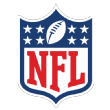 Everything you need this week:
Everything you need this week:
• Scores, highlights and more »
• Full schedule » | Full standings »
• Weekly stats leaders »
• Injuries tracker: Who’s in, out »
More NFL coverage »
The Bengals couldn’t stop the Steelers in the final minute of last week’s loss, and they couldn’t stop the Chiefs at any point on Sunday. Unless they go back to forcing timely turnovers, it’s almost a given that the defense will cost them more games. The Bengals certainly have talent at key spots, and that’s why these performances are so puzzling.
If the Bengals want to be considered a legitimate playoff contender this year, they certainly have a long way to go before proving they’re in the conversation. So far, they haven’t proven anything yet.



